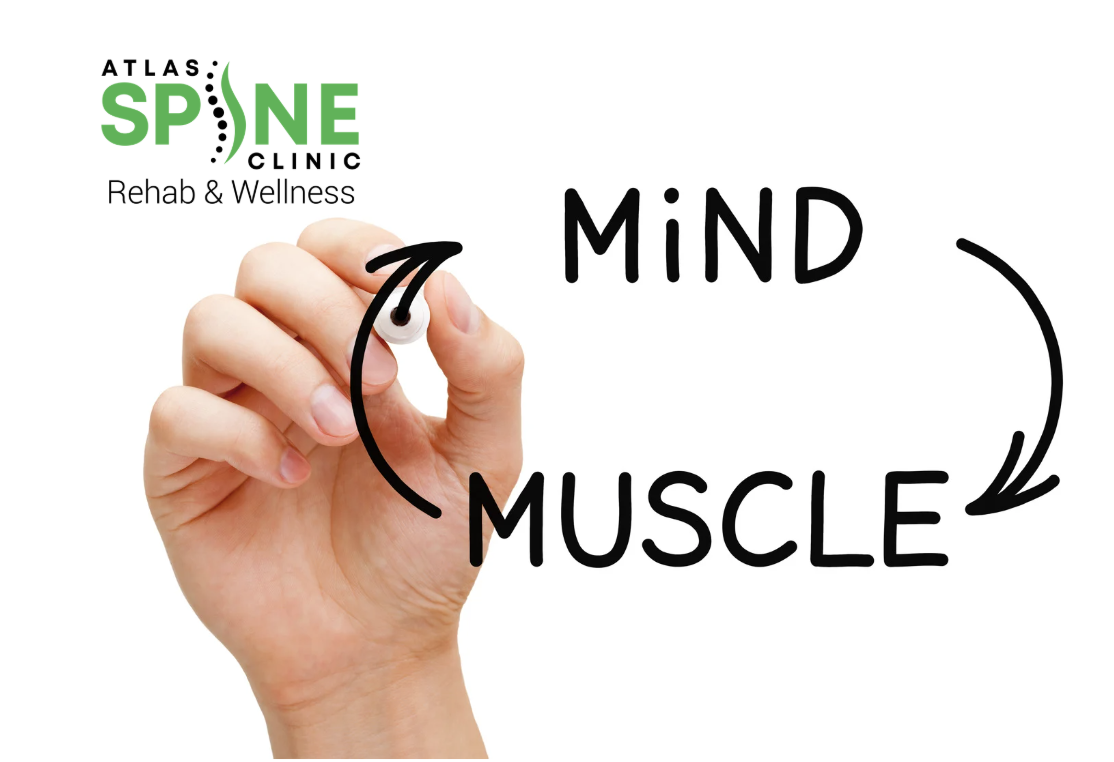Life is an everyday struggle for those with stiff necks. The dizziness, the disorientation, the neck tightness that creeps in during the day—it’s more than just discomfort. This affects how you walk, how you work, even how you feel about stepping outside.
If this sounds familiar, you’re not alone. Cervical vertigo is often overlooked or misdiagnosed, yet it’s surprisingly common.
What is Cervical Vertigo?
Cervical vertigo is a kind of dizziness that’s triggered by issues in the neck—more precisely, the upper part of your spine known as the cervical area. It’s not just the typical lightheadedness you get from standing up too fast. This type feels deeper, like the room is moving, or your balance is just off. It often shows up alongside neck pain, stiffness, or after an injury like whiplash.
People experiencing cervical vertigo symptoms might feel like they’re constantly off-balance, especially when they turn their head or move too quickly. It’s that strange sensation when your body is still, but the world feels slightly tilted.
Who Does Cervical Vertigo Affect?
This condition can show up in just about anyone, but there are some common patterns. Middle-aged adults, especially those working desk jobs or spending long hours looking down at screens, tend to be more affected. Athletes and individuals recovering from whiplash and dizziness episodes often after car accidents, are also at risk.
Plus, if you’ve ever had dizziness due to neck injury, you might be more familiar with the sensation than you realize. It’s also fairly common in people with arthritis or other degenerative changes in the cervical spine.
What Are The Symptoms Of Cervical Vertigo?
This is where things get tricky, because the symptoms often overlap with other types of vertigo or even inner ear problems. Here are the typical cervical vertigo symptoms to look out for:
- Your surroundings slightly moving or tilting
- A sensation that the room is spinning or shifting
- Trouble maintaining balance
- Blurred vision or difficulty focusing
- Stiff or sore neck muscles
- Headaches that come and go
- Nausea or a foggy-headed feeling
Some people also report neck dizziness that makes it hard to walk straight or concentrate on tasks. The combination of neck pain and vertigo is a key sign that your neck may be the root of the problem.
What Causes Cervical Vertigo?
There’s no one-size-fits-all answer here, but a few common culprits stand out. One major cause is poor posture, especially the kind we develop from slouching at a computer all day or looking down at our phones. This creates tension and misalignment in the cervical spine.
Injuries such as whiplash, concussions, or even falls can also trigger cervical spine dizziness. In these cases, the neck muscles and joints become irritated, which interferes with the brain’s ability to process balance information correctly.
Another factor? Degenerative changes in the spine. As we age, we can develop cervical instability symptoms like weakened joints or disc problems, which disrupt nerve signals related to movement and balance.
How is Cervical Vertigo Diagnosed?
Getting a diagnosis can sometimes feel like a maze, mainly because dizziness has so many possible causes. Your doctor will usually start with a physical exam and a full medical history. They’ll want to rule out ear-related issues (like BPPV or inner ear infections) and neurological conditions.
To pinpoint balance issues from neck problems, tests might include range-of-motion checks, posture analysis, and balance testing. In some cases, imaging like MRI or X-rays of the cervical spine is recommended, especially if a prior injury is suspected.
How Do You Fix Cervical Vertigo?
The good news is that with the right approach, cervical vertigo can be managed and often significantly improved.
Treatment usually starts with addressing the root cause. That could mean physical therapy to improve neck mobility and posture, or manual therapy to release tension in tight muscles. Exercises that retrain the brain and body to work in sync again can also reduce cervicogenic dizziness.
Some clinics also use dry needling, chiropractic adjustments, or vestibular rehabilitation. The key is consistency. Getting your body to unlearn the bad habits and restore balance through repetition and gentle correction.
Who Can Treat Cervical Vertigo?
You might first visit your primary care physician, but ideally, you’ll want someone who understands the delicate relationship between the neck and balance. That’s where specialists like chiropractors, neurologists, or physiotherapists step in.
At a place like Atlas Spine Clinic, the care team is trained to spot cervical vertigo symptoms early and offer a treatment plan that’s built around your lifestyle and needs. You won’t be passed from one department to another. Instead, you get comprehensive care that looks at your whole body—not just your symptoms.
How To Prevent Cervical Vertigo?
Preventing cervical vertigo means being mindful of your neck condition before symptoms ever show up. Simple daily changes can go a long way:
- Take breaks if you sit at a desk all day
- Adjust your workstation to be more ergonomic
- Avoid slouching or craning your neck downward
- Strengthen your neck and shoulder muscles through gentle exercises
- Don’t ignore minor neck dizziness—it can be an early warning sign
If you’ve had a neck injury in the past, regular check-ins with a spine specialist might also help keep things in check before they turn into recurring vertigo.
What’s Life Like When You’re Dealing With Cervical Vertigo?
Living with cervical vertigo isn’t easy; still, it doesn’t have to be permanent. With proper care, most people start seeing improvements within a few weeks. You’ll likely feel more stable, experience fewer dizzy spells, and gain a better understanding of your body’s signals.
That said, it’s not always a quick fix. Patience is part of the process. Yet getting the right diagnosis and starting a recovery plan early can make a world of difference.
How Long Does Cervical Vertigo Last?
This depends on the cause. If it’s linked to posture or tension, recovery might be quick, within weeks of starting therapy. For more complex cases, like dizziness due to neck injury, it could take a few months. The goal is to reduce the frequency and intensity of symptoms while helping you regain confidence in your movements.
Don’t be surprised if symptoms fluctuate during recovery; that’s normal. The important thing is to stick with your plan and track improvements.
Care at Atlas Spine Clinic
At Atlas Spine Clinic , we take a holistic approach to diagnosing and treating cervical vertigo symptoms. Our team focuses on restoring balance, improving posture, and reducing neck tension without overcomplicating things.
Whether it’s hands-on therapy, specialized exercises, or lifestyle coaching, our specialists work closely with you to treat not just the dizziness, but its underlying cause. We understand how disruptive vertigo can be, and we’re here to help you move, live, and feel better every day.
End Note
Living with cervical vertigo symptoms can be frustrating, confusing, and exhausting; however, there are answers. From pinpointing the causes to creating a personalized care plan, the journey to feeling steady again starts with awareness and the right support.
If your neck’s been sending you mixed signals and your world feels a little off-balance, now might be the time to look deeper. The good news? Relief is possible, and it could be just a few steps or stretches away.






